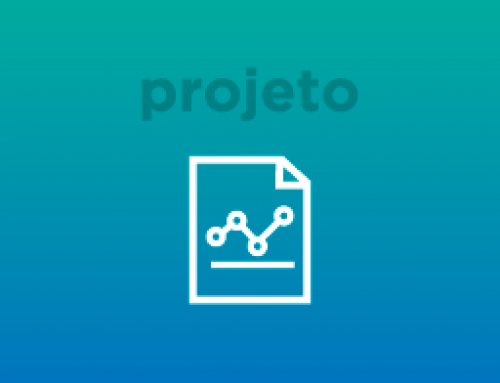Over the last two decades, rapid technological evolution has brought several advanced solutions for applications in various knowledge areas. Geotechnologies have allowed geoscientists to acquire vast amounts of spatialized digital data, producing equally large data sets. Light detection and ranging (lidar) technology, especially terrestrial laser scanners (TLSs), and the more recent reconstruction techniques that use multiple digital images have enabled geoscientists to improve the quality of their analyses and interpretations through digital outcrop models (DOMs)
[1], [18]-[20]. The DOMs, also called virtual outcrops (VOs) [2], are a digital representation of data collected from surfaces that can be inspected, handled, and interpreted. From a geological point of view, outcrops provide an intermediary approach between the kilometric and millimetric work scales, and field data acquisition is often underexplored. Therefore, DOMs have become an intriguing way of integrating surface and subsurface data. This intermediary work scale allows for the acquisition of considerably more data using remote sensors, such as laser scanners, and photogrammetry algorithms, which produce a quality that is similar if not superior to standard field equipment. The high accuracy of the DOMs facilitates the recognition and interpretation of structures and features within a realistic three-dimensional (3-D) scenario [1], [3], [4].


